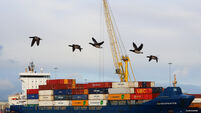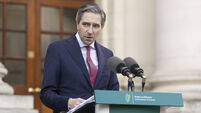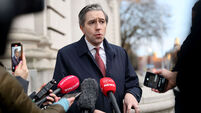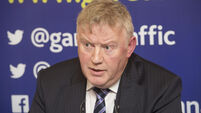Seamus Coffey: In a world of huge inequality, the rich lists do not tell the full story

Tesla CEO Elon Musk -The World's richest man. Picture: Britta Pedersen-Pool/Getty Images
Timed for publication each January to coincide with the World Economic Forum, the press releases achieve their objectives: media headlines and public attention.
This year, Oxfam Ireland hit its mark with coverage for its claim that “mirroring this global inequality trend, Ireland’s own nine billionaires saw their fortunes increase by €3.28bn since March — a tenth of which would pay for a Covid-19 vaccine for every person in the Republic of Ireland”.
Last year, Oxfam got the headlines for the claim that “Ireland’s disproportionately high number of 17 billionaires — the vast majority of whom are men — shows that the country is mirroring this global trend when it comes to wealth inequality”.
In broad terms, Oxfam is right, as there are huge wealth inequalities, and plenty of reasons to be outraged.
But sometimes the presentation of such issues is a little wide of the mark.
For example, one thing to note from the press releases is that Ireland seems to have lost almost half its billionaires in the last 12 months.
There are rich people who do experience a reversal of fortune.
In the past, the names of Sean Quinn, Tony O’Reilly, Liam Carroll. and others have featured — and sometimes led — the rich lists.
However, another reason is that lists from various sources can be very different.
This year, Oxfam’s appears to be based on the Rich List. And, yes, when put together back in March 2020 the list featured nine billionaires with Irish citizenship.
Top of that list and responsible for pretty much all of the €3bn or so increase in wealth from March to December was Pallonji Mistry.
Mr Mistry is an Indian industrialist who took out Irish citizenship about 15 years ago.
Mr Mistry has almost no business interests in Ireland and has never lived here.
Read More
There would be no revenue in Ireland from a tax on the additional wealth of on Mr Mistry to pay for Covid vaccines here.
When based by residence, the list appears to have two billionaires who actually live in Ireland: Eugene Murtagh (the Cavan-born founder of Kingspan) and John Dorrance (the US-born Campbell Soup heir).
At a global level, Oxfam points out the astronomical increase in wealth for those at the top of the list.
It is presented as a division of the spoils and a zero-sum game: The rich get richer while the poor get poorer.
There is no doubt there can be a conflict between outcomes.
A company making excess profits could use those to lower the price to customers or increase pay to workers or face higher taxation. But some of the figures on rich lists are not necessarily indicative of this battleground.
Mr Musk’s wealth is as a result of a successful sale of Paypal in the 1990s and subsequently founding SpaceX, a privately-owned space transportation company, and being an early investor in Tesla, the publicly-quoted electric vehicle company.
It is probable that SpaceX has never generated a profit, and 2020 was the first year that Tesla did so, with preliminary results last week showing an annual profit of a little under €1bn.
Tesla’s annual report for 2019 showed that the company had a book value, the difference between the company’s assets and liabilities, of around $8bn (€6.6bn).
This is what would be left for shareholders if the company was liquidated, all its assets sold and debts repaid.
Mr Musk owns around one fifth of Tesla, so his share would have been a very considerable $1.6bn.
What the annual report also shows is that shareholders had put $12bn into the company but, through accumulated deficits, the company had lost several billion of the investors’ paid-in capital.
But wealth estimates use the market value of companies, not their equity value or book value.
The market value of a public company is based on its share price which at any time is the last price a share of that company was traded at.
The price people will pay for a share is hugely influenced by what they expect will happen in the future, both to the company and to its share price.
And it seems those buying shares in Tesla expect it will be hugely profitable at some stage, or that there will be sufficient interest to keep the share price high.
In the last 12 months, Tesla’s book value has doubled to around $16bn but its stock market value has soared, going from $80bn at the start of 2020 to around $800bn now.
Mr Musk’s one-fifth share of this market value is $160bn, which has propelled him to the top of various rich lists.
This incredible 12-month gain has not come as a loss for someone else.
Mr Musk’s wealth has risen by an astronomical amount but not because of obscene profits or worker exploitation.
Some people have decided that a Tesla share is worth ten times more than it was this time last year.
Maybe Tesla will generate enormous profits in the future; maybe it won’t. Maybe Mr Musk will see all of that $160bn, maybe he won’t.
Maybe his name will be like many others and drop off these lists with his wealth evaporating even quicker than it accumulated.
One family contributes two members to the nine Irish billionaires: Patrick and John Collison.
The brothers’ online payments company, Stripe, remains a privately-owned company, so there are no share transactions from stock markets to provide an estimate of its value.
A funding round a year ago gave an indicative value of around $35bn, and it is probably much higher now.
Mr Musk was part of a group that made an early investment in Stripe and, like Tesla, the huge valuation of Stripe is based on people’s expectation that it will become hugely profitable in the future.
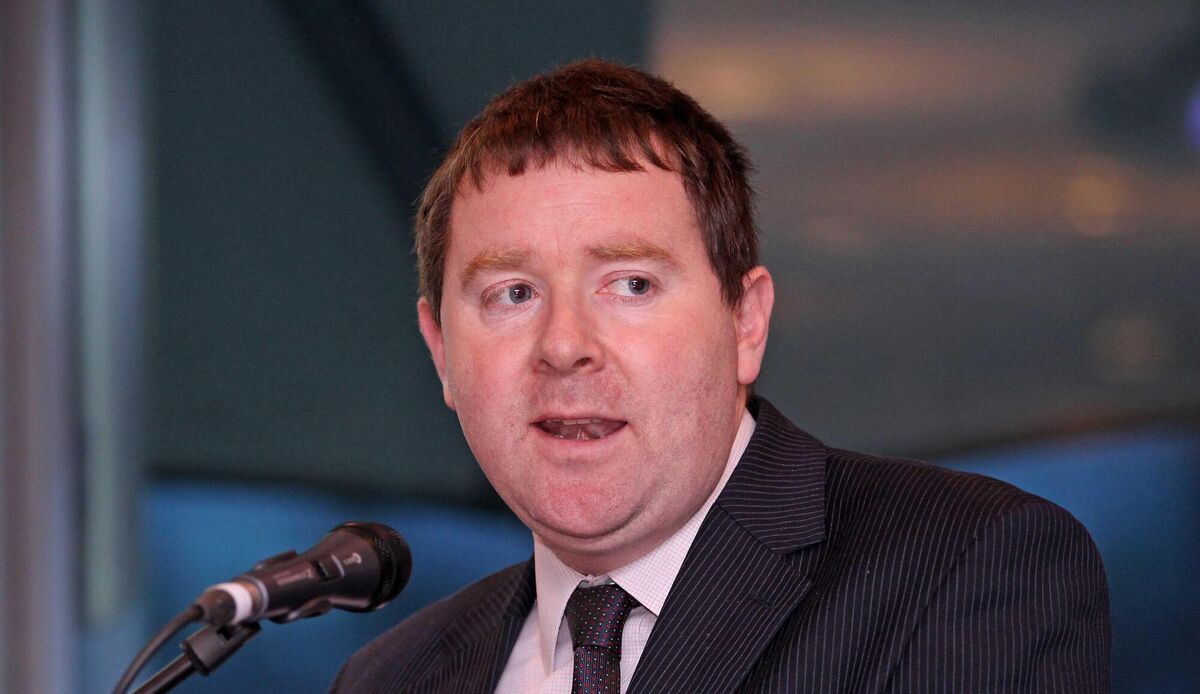
It is likely that most people who look at the Collisons hope they can go on to realise that success.
That success won’t make anyone else worse off and enabling online transactions will add value to the world.
Again, it is a positive-sum outcome.
In a world of huge inequality, Oxfam is absolutely correct to draw attention to the world’s poorest.
But the living conditions of the world’s poorest or their access to Covid vaccines are not affected by whether the stock market valuation of Tesla is $80bn or $800bn, or whether funding round for Stripe values it at $35bn or $100bn.
While good for headlines, the rich list valuations should not be the object of our outrage.
- Seamus Coffey is an economist at UCC and a former chair of the Irish Fiscal Advisory Council



